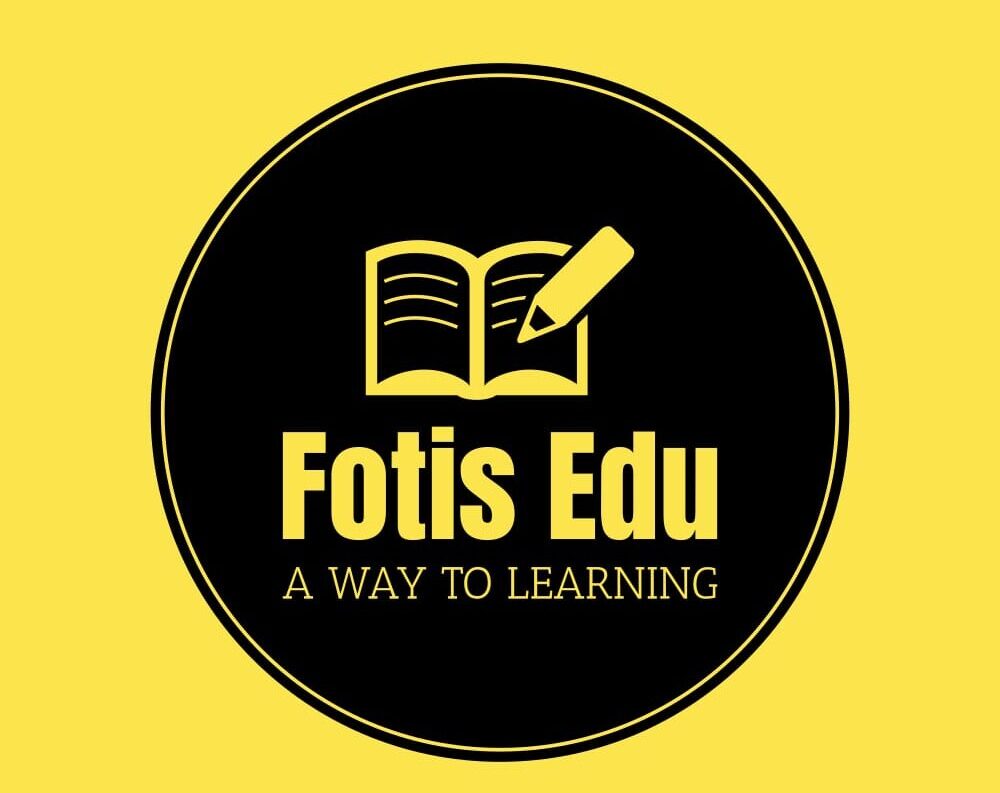
QUES . Explain the difference between subsidies, cash – in – lieu of subsidies and freebies. Discuss their rationality in eradicating poverty. UPSC IES/ISS EXAM 2022 General Studies. 200 Words. 5 Marks.
HINTS:
Subsidies, cash-in-lieu of subsidies, and freebies are all measures taken by governments to provide support to those who are economically disadvantaged. While they share some similarities, they differ in their implementation and their impact on poverty eradication.
What are Subsidies?
Subsidies are payments made by the government to individuals or businesses to encourage certain activities or to support the production of certain goods or services. These payments may be in the form of direct payments, tax breaks, or other incentives.
Must read: Agriculture subsidies: a critical analysis
For example, a government may provide subsidies to farmers to encourage them to grow certain crops or to companies to invest in renewable energy production.
Must read: Agricultural subsidies : issues raised by World Trade Organization
Subsidies can be used as a way to support low-income households by providing them with access to basic goods and services, such as food, healthcare, and housing.
Must read: How do subsidies affect the cropping pattern, crop diversity and economy of farmers?
What is Cash-in-lieu of Subsidies?
Cash-in-lieu of subsidies is a form of payment made by the government to individuals or businesses instead of providing direct subsidies. The payment is meant to offset the cost of the goods or services being provided, rather than to incentivize their production.
For example, a government may provide cash-in-lieu of subsidies to low-income households to help them pay for housing or to purchase food.
What are Freebies?
Freebies are products and services provided at no cost to the consumers. They are usually intended to give temporary benefits to specific groups of individuals. But they are usually regarded as a vote-winning strategy or as populist incentives. Free laptops, TVs, bicycles, electricity, and water are some examples of freebies.

Freebies contribute to bridging income inequality and poverty by supporting a fairer distribution of resources and wealth. Freebies aim at offering fundamental necessities and social welfare services to poor and underprivileged people like food, education, healthcare, and electricity. Freebies can enhance public satisfaction and confidence by demonstrating the ability of the government to listen and be accountable to the public.
Effectiveness in eradicating poverty
In terms of their effectiveness in eradicating poverty, subsidies, cash-in-lieu of subsidies, and freebies all have their strengths and weaknesses. Subsidies and cash-in-lieu of subsidies can help to make basic goods and services more affordable for low-income households, but they can also be expensive to administer and can be subject to abuse. Freebies can provide immediate relief to low-income households, but they can also be difficult to sustain over the long term.
Overall, the rationality of these measures in eradicating poverty depends on the specific context in which they are implemented. Governments must carefully consider the costs and benefits of each approach and tailor their policies to the needs of their populations. In general, a combination of targeted subsidies, cash-in-lieu of subsidies, and freebies may be most effective in alleviating poverty and improving the lives of those in need.
